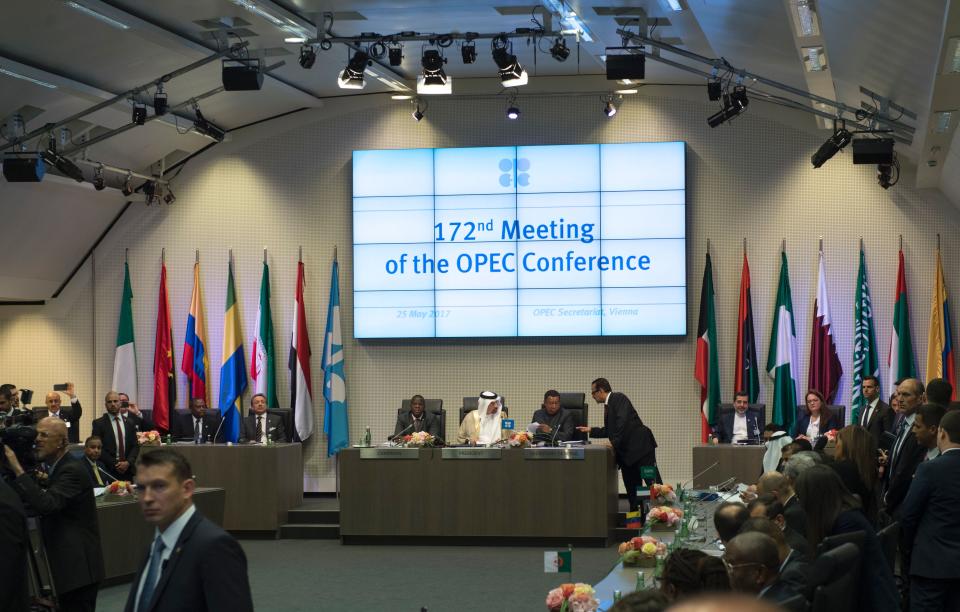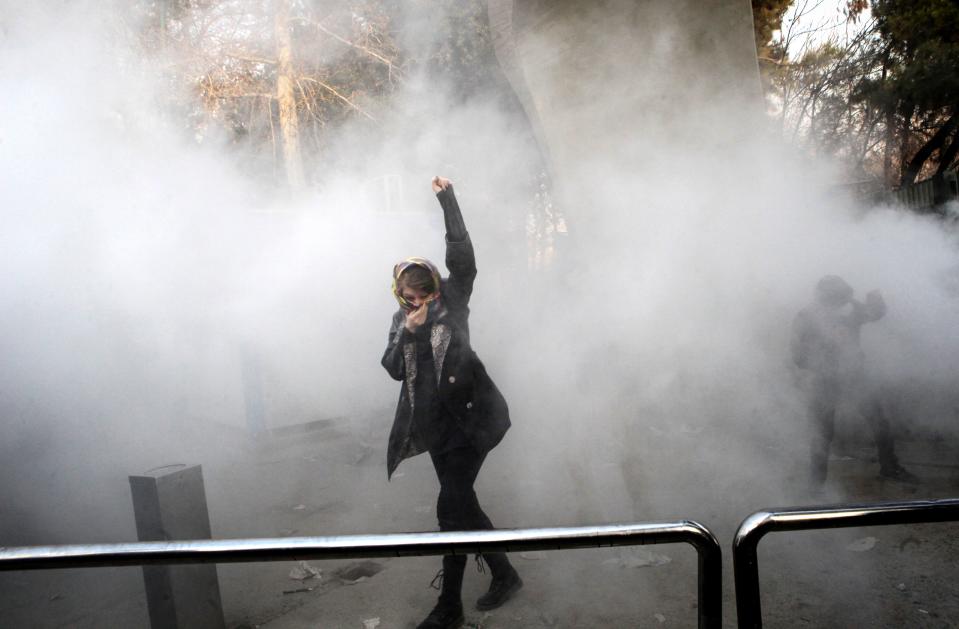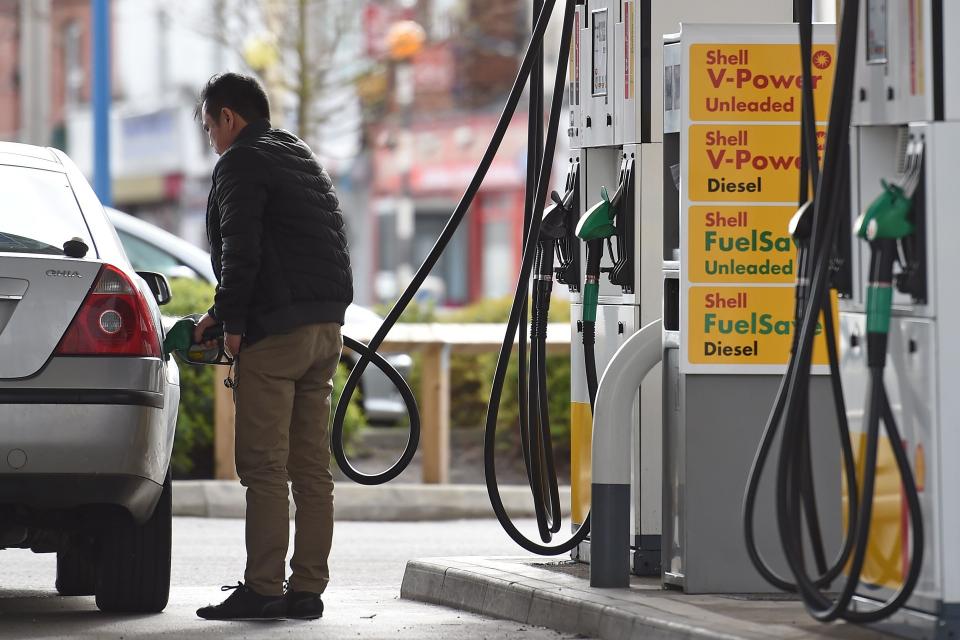Petrol prices will keep on rising, say experts, and here's why

Petrol prices are their highest for three years – and experts fear more pain is yet to come.
Latest data shows the average cost per litre is 121.11p, while diesel stands at 123.46p.
Fuel prices at the four big supermarkets went up by more than half a pence a litre in December, says RAC Fuel Watch, with petrol rising from 117.26p to 117.84p and diesel from 119.69p to 120.34p.
The figures are particularly ominous when compared to last July, when petrol was at its cheapest point of the year at 114.33p a litre, and diesel cost 115.02p.
MORE: Leading economists predict gloomy 2018 for business, workers and consumers
And, according to the Petrol Retailers’ Association, motorists should brace themselves for things to get worse.
Brian Maddison, chairman of the PRA, predicts pump prices could rise “two or three pence over the next six months”.

What’s the background?
The price of crude oil – the benchmark for world oil – has been rising steadily over the past few years, opening 2018 above $60 a barrel for the first time since 2014.
Saudi Arabia, the leading member of the OPEC oil producers’ cartel, had been working with Russia – the largest oil producer outside of OPEC – to cut production in an effort to undercut cheaper oil coming out of US fracking operations.
That initially saw crude slump to a low of $38 a barrel in January 2016 but the US operators have ridden out the attack and Saudi Arabia and Russia have began to push up oil prices once more.
Brent crude stands at $68 today.
MORE: Iran protests fuel crude oil surge – and that could see UK pump prices rise
Are there other factors involved?
Yes. More recently, there have been two incidents that have seen a spike in oil prices. The closure of a major North Sea pipeline in December after a crack was discovered hit production.
Although repairs to the Forties pipeline were carried out within a couple of weeks, the delays helped to drive up crude oil prices.
An explosion that ripped through Austria’s main gas pipeline hub also in December further hit fuel prices.

What about political events?
The situation in Iran is one that is concerning many. Unrest and demonstrations against the regime have spooked traders – even though it seems oil production has yet to be hit.
There are worries that US president Donald Trump may impose oil embargoes on Tehran as he looks to unpick a diplomatic deal done by his predecessor Barack Obama.
And that will likely lead to further rises in world oil prices.
According to Brian Maddison of the PRA, ongoing issues with Iraqis and Kurds battling for the control of the Kurdish oil fields, Nigeria facing a constant fight against marauding rebels trying to disrupt oil pipelines, and the perilous state of Venezuela’s economy all add to price pressures.

How does it look for British motorists and consumers, then?
Pretty bleak, is the short answer. Maddison believes pump prices will remain high for the next few weeks and months.
He says it is quite possible to see fuel prices climb 2p-3p more over the next six months.
The big supermarkets, which often lead fuel price wars, are facing tough competition from online shopping and discounters such as Aldi and Lidl to get people to actually visit out-of-town stores where they can exploit footfall to offer cheaper fuel.
In addition, while motorists feel the direct impact at the pump, consumers could also be hit by the trickle-down of costlier diesel for the road haulage industry.
Much of Britain’s food produce, plus many other materials, is still carried by road and as it becomes more costly to transport goods, those costs could soon be passed down the line to shoppers.
MORE: Mammoth wind farm planned for middle of the North Sea
So, no rays of light?
Well, it may not be all bad. Simon Williams, of RAC Fuel Watch, says while it’s likely prices will remain above 120p-121p for the next few months, there could be some good news on the horizon.
The US oil frackers, having weathered the Saudi Arabia/Russia storm, could up production significantly enough to push crude prices down.
However, he adds: “Unfortunately, the good times of lower cost fuel appear to be over and it’s probably now far more likely that we will see them going up as OPEC’s oil production cuts are starting to have the desired effect of reducing the global oil glut and pushing the barrel price higher.”
Back in early 2016, both petrol and diesel averaged 102p a litre, the RAC points out, although it is still a far cry from the dark days of April 2012 when average prices hit 142p and 148p a litre, respectively.

 Yahoo Finance
Yahoo Finance 
